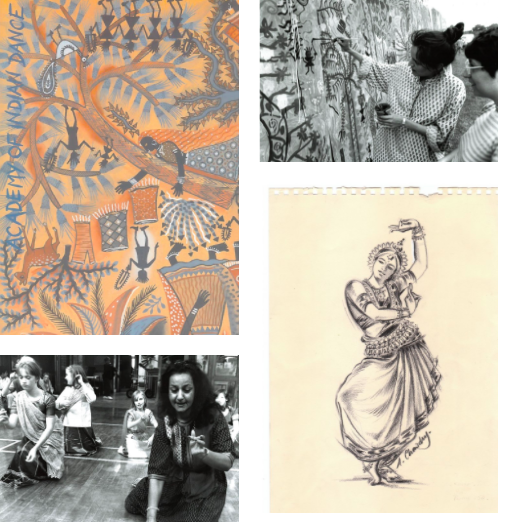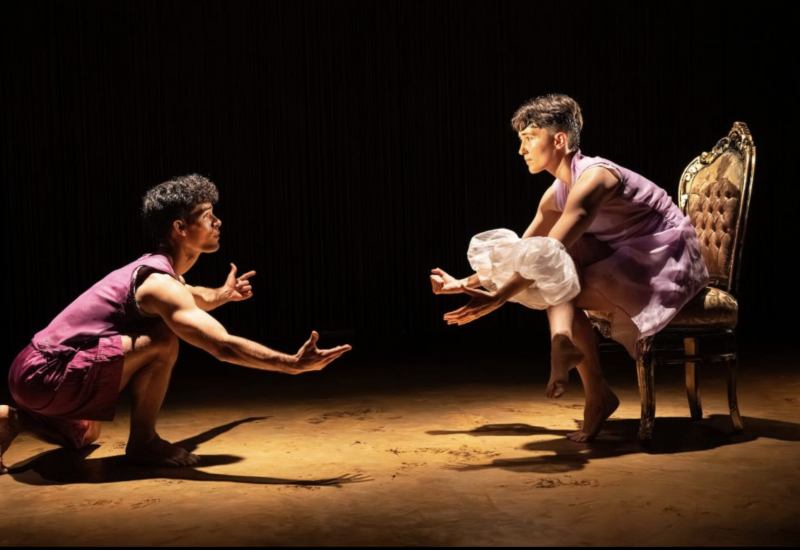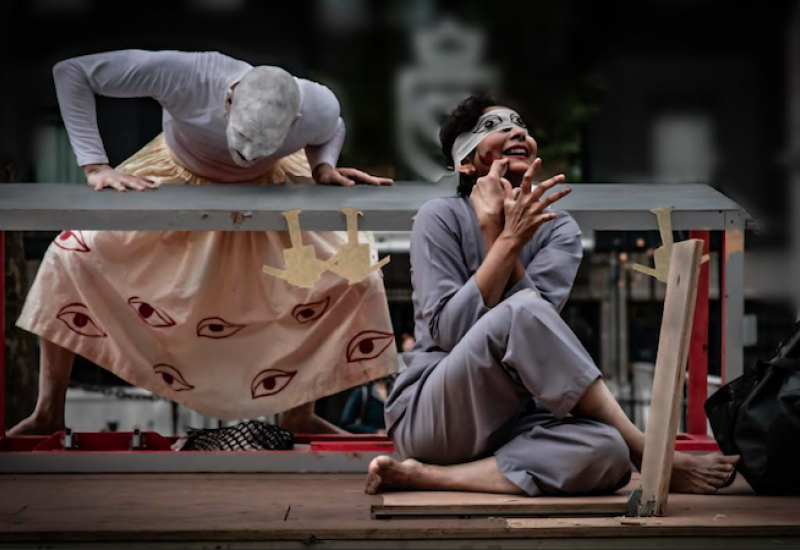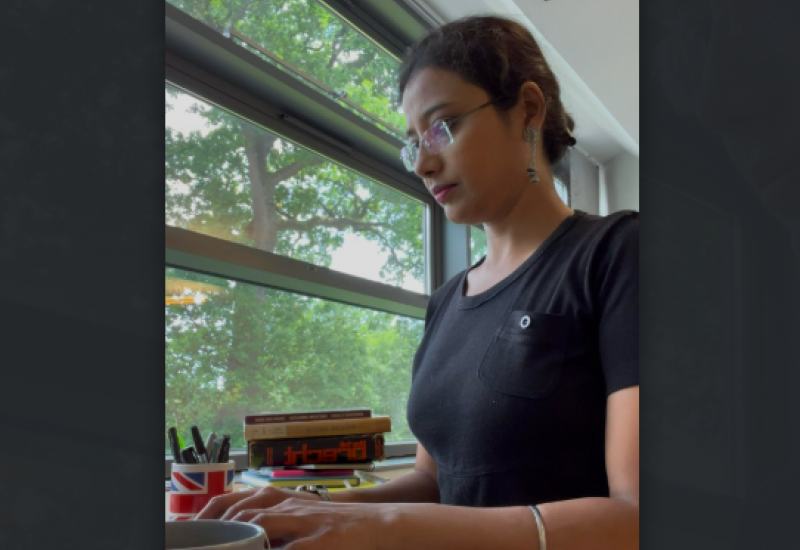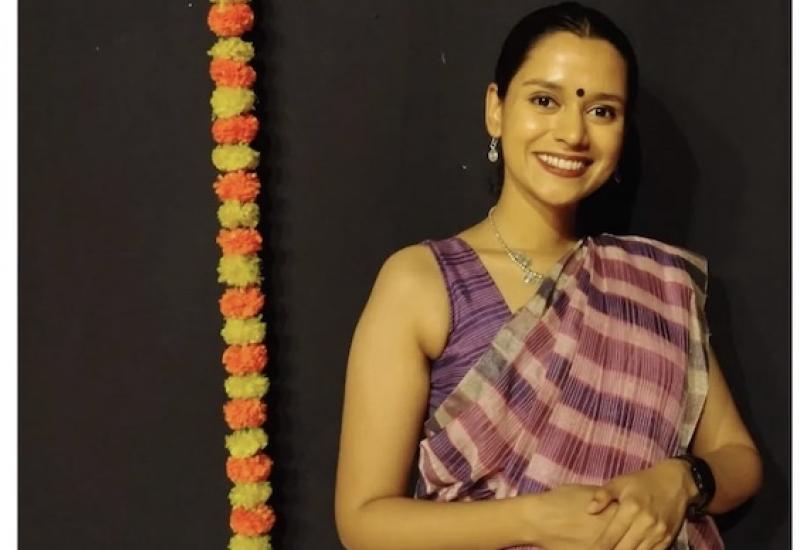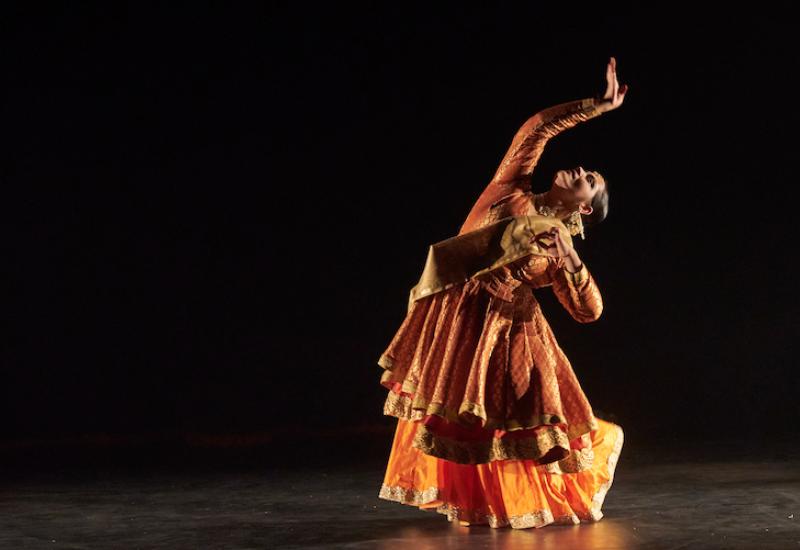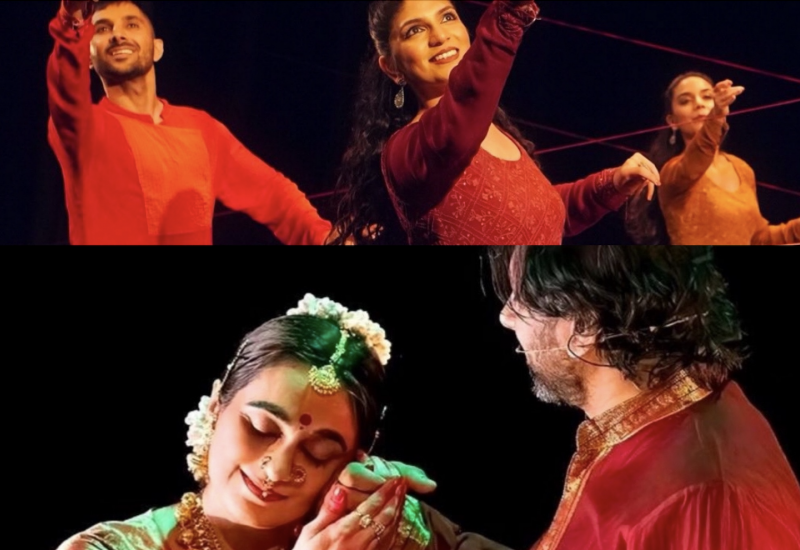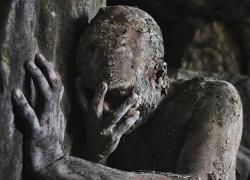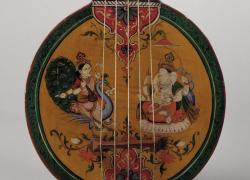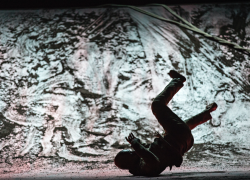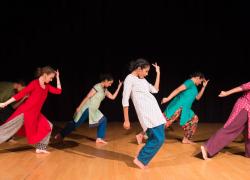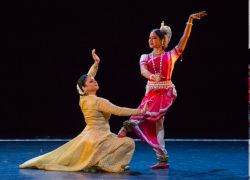A dip into #AkademiChronicles
A dip into the website drew me, via my own memories of having been a primary school parent, to the section on Schools.
The projects were reminders of what education can be, and what dance can bring. There was, first of all, the joy of movement, evident from the videos of the projects, sessions and performances. Reach Out and Reveal (2017) placed South Asian dancers in residence at schools for young people with Special Educational Needs. The aim was to ‘explore how the unique movement vocabulary of South Asian dance might support the physical and communication needs of children and young people with Autistic Spectrum Disorders’. The material here gave a powerful and positive sense of what such opportunities can provide both for children and those who work with them. It was good to see that this was not a one-off project, but that it is continuing successfully in three London-based schools.
Beyond dance and movement children have been given the opportunity to engage with wider issues. As long ago as 1991, the forest conservation movement started by local women in Northern India inspired Akademi’s Chipko workshops. The workshops were carried out not only with South Asian dance artists, but also musicians and visual artists, so the children who took part gained an insight into the culture from which the Chipko movement arose.
River Journeys (1994) was inspired by the River Ganges and explored how mythological, geographical and cultural aspects of the river could be used as the starting point for dance. Perhaps 2021 might be an interesting time to revisit the theme, following pollution of the river, Hindutva and the continuation of the Kumbh Mela during a pandemic.
As with conservation and the environment, another issue addressed by Akademi that remains all too pertinent is that of Migration. Migrations (2002) aimed to broaden young peoples’ perspective of the migration issue and refugees. The programme involved creative writing together with South Asian dance; and out of this came the performance piece Shifting Footprints. Children in Newham found not only that they enjoyed the experience, but that it gave them more confidence, as they discovered dance, drama and music as means of personal expression. This project was funded by the Department of International Development – now closed. DIFD also funded Parallel Spaces (2007–2010). This aimed to increase the understanding of global issues and the effects of poverty and global interdependence in young people using dance. Would such funding be available now?
Akademi Chronicles show clearly the value of such creative and committed work with young people who find themselves marginalised, disengaged and disaffected, in areas where provision is low. Akademi ran two programmes in Camden, Islington, Lambeth, Westminster, Kensington and Chelsea, Wandsworth and Southwark between 2007 and 2010. RE-ACT and ASPIRE, aimed at 13-19 year olds, effectively used dance, music, theatre, design and film to build self-esteem, increase motivation to learn and inspire. The engagement and enthusiasm inspired by the programme was reflected in improvements in attendance and punctuality in all the schools over the course of the project.
Staycation (2016) gave children in Tower Hamlets the opportunity to learn with professional artists, to create dance pieces and open possibilities for study and career pathways. The material on this website takes us beyond the arguments of words on a page (or screen) and presents visible evidence of the power and value of South Asian dance, together with related arts, to expand and enrich the lives of children and young people.
It would be interesting to have updates from some of the children involved and to find out what sort of lasting impact these experiences might have had on them.

